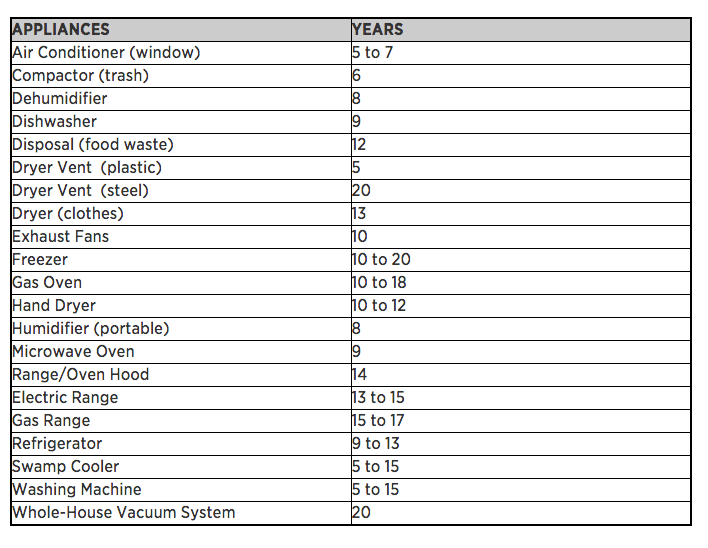Picking the right kitchen appliances
A smart appliance purchase is more than matching the finish to the decor
Advertisement
A smart appliance purchase is more than matching the finish to the decor
 The second-costliest component in a kitchen renovation is the cost of new appliances. Part of the problem is that home reno shows have altered how we view—and value—our homes.
Dubbed the HGTV-effect, more and more home owners and buyers are spending money to get the shiny, sparkling kitchens that are splashed across magazine pages and on television shows.
One quick way to achieve this modern look is to replace your kitchen’s appliances. “Buyers can get so hung up on stuff like stainless steel appliances,” explains one Toronto realtor, even when the appliance costs only a fraction more than the same model in white.
Still, realtors and renovators will agree: Spend $20,000 or $30,000 renovating and updating a kitchen and you could add $100,000 to your home’s sale price.
With that in mind, you’ll need to allocate some of your kitchen renovation funds towards new appliances. Keep in mind: The latest styles and technology may cost more, but don’t necessarily translate into better value.
The second-costliest component in a kitchen renovation is the cost of new appliances. Part of the problem is that home reno shows have altered how we view—and value—our homes.
Dubbed the HGTV-effect, more and more home owners and buyers are spending money to get the shiny, sparkling kitchens that are splashed across magazine pages and on television shows.
One quick way to achieve this modern look is to replace your kitchen’s appliances. “Buyers can get so hung up on stuff like stainless steel appliances,” explains one Toronto realtor, even when the appliance costs only a fraction more than the same model in white.
Still, realtors and renovators will agree: Spend $20,000 or $30,000 renovating and updating a kitchen and you could add $100,000 to your home’s sale price.
With that in mind, you’ll need to allocate some of your kitchen renovation funds towards new appliances. Keep in mind: The latest styles and technology may cost more, but don’t necessarily translate into better value.

Share this article Share on Facebook Share on Twitter Share on Linkedin Share on Reddit Share on Email